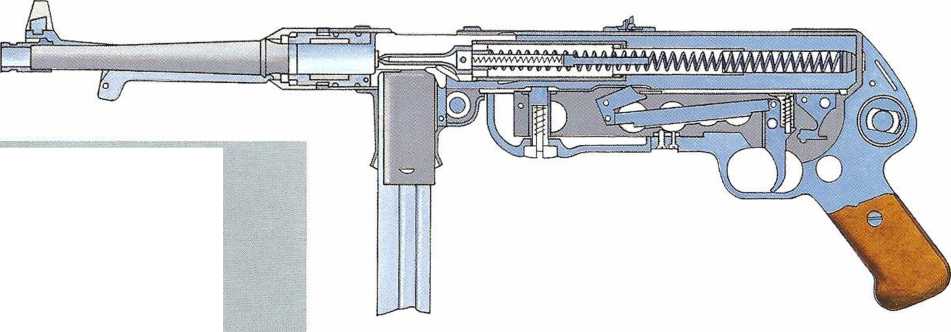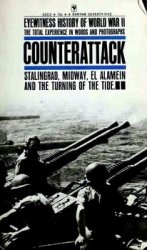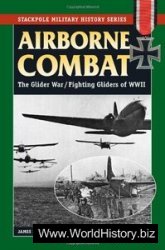Guderian always accepted that tanks could not operate alone effectively. Despite anti-infantry weaponry - usually machine-guns - a tank was always vulnerable to small groups or even lone infantrymen if they were determined enough. This vulnerability was increased if the infantry had access to decent anti-tank guns or devices, but even poorly-equipped foot soldiers could prove to be a real danger if they had the requisite courage. Finnish tank-killing infantry destroyed about 1600 Soviet tanks during the Winter War 1939-40, mostly using Molotov cocktails, or petrol-filled vodka bottles. Tanks proved particularly at risk in broken terrain, such as forests (something the Finns exploited) and urban areas.
When tanks were fighting through defensive lines or moving through landscape that provided the enemy with decent cover, they needed accompanying infantry. Indeed the tanks might require that the infantry go in first to clear the way or make the break through in the enemy line for the tanks to exploit. Thus the panzergrenadier might very often have to fight like a conventional infantryman. Conversely, in a fast-moving advance that characterised German blitzkrieg he might well find himself carried by halftrack, lorry or motorcycle or, in extreme circumstances, hanging from a tank, ready to dismount and engage anything that slowed the tanks. Whenever tanks bypassed points or ‘pockets’ of stiff enemy resistance, it was the job of the panzergrenadier to clear up these pockets.

MP40 Machine Pistol Calibre: 9mm Parabellum Weight: 3.9kg (8.751b)
Effective range: 70m (230ft)
Cyclic rate of fire: SOOrpm Muzzle velocity: 395mps (1300fps) Magazine capacity; 32 routvis




 World History
World History









